Animals Teach us Freedom of Being
Freedom of being
When you imitate animals, you freely use your imagination to embody ways of being. Photo of deer with antlers by Unsplash and photo of me imitating that deer by M.W.
The animals, as our examples, offer profound lessons in authenticity. This idea of flowing with life is powerfully illustrated by watching them and imitating them, the very inspiration behind the classic Qigong of the Animals, Wu Qin Xi or Animal Frolics Qigong. The inherent truth is that animals can only be themselves. They exist as pure beings, each possessing its own distinct feeling and experience. While classically there are five animals in the Wu Qin Xi Qigong form, we know there are myriad others in existence, each with a unique expression that you can observe and imitate or even “become.” While it is impossible to literally become an animal, the attempt is what matters. Attempting to “become” an animal unlocks a particular kind of imagination that involves taking on the perspective of another being and gaining understanding as a result.
This classic animals Qigong provides us with a way to tune up our own ability to sense a range of feelings and experiences, achieved through entering the experience of another being – a particular animal in this case. When we observe animals simply being animals, I like to think that we are observing freedom in expression. Imitating animals then becomes a form of recognizing that roles, identity, and behaviors are changeable, dynamic, and fluid. You contain multitudes, as Walt Whitman’s poem suggests. When freedom expresses itself, it tells a story of transformation and the capacity you were born with to transform. And transformation is always possible.
Embodying transforming energies
The five animals of the classic Qigong form offer great examples of the play of energy and how energy freely transforms. Each animal illuminates the law of change and transformation in how it reacts to the seasons and how it relates to the environment and life itself.
Consider the tiger: it hunts and pounces. Its vibe speaks of “owning the place” and moving with inherent confidence, roaring like a champion. The tiger represents transformation in its very nature – consuming other animals and transforming meat into the power it needs to live.
The deer embodies strength, being athletic yet humble and cautious. Its confidence lies in understanding limits, working quietly, and maintaining a safe distance from danger. The deer’s shedding of its antlers periodically during the winter season is a powerful image of putting down defenses, resting, and being watchful.
The monkey eats fruits and moves with a playful air. Its vibe is one of lightness and moving quickly to seize opportunity and be fully involved in life. The vibe is joyful, perhaps even a little mischievous. The monkey represents transformation in the constant shifting of its attention from one thing to another.
The bear is about taking up space and obeying its inner signals to rest and eat. It exudes a kind of ordinary confidence in its everyday living. The bear’s ability to hibernate is fundamentally transformative, representing the power of resting deeply and profoundly when the time is right.
The bird offers a big view and the ability to rise above a situation. The bird form in classic Qigong is often done at the end, a balance pose with wings expanded. It encourages thoughtfulness about what is happening and the process of making sense of it all from a higher perspective.
When you move the way an animal does, you engage your whole body, from head to toe. In this way, the movements of imitating animals can teach you where in your body you feel free and at ease, and conversely, where you may be feeling tight and under pressure. Often, when I practice imitating animals, I find I have a preference for an animal’s energy or movement. It changes and depends on my mood and mindset. For example, when tension or pain is in the body, the ability to be truly at ease can be low. So, the bending and twisting movements of the deer or the playful snatching and hiding movements of the monkey may tell a little story of what kinds of energy and experiences are balancing or comforting versus the experiences that are challenging and uncomfortable in the moment. Even simply imagining the energies and movements can be fruitful. Practicing in this way, embodying the energies and then resting briefly immediately afterwards, I can cultivate feeling at ease about shifting and returning to a quiet neutral place “in between” experiences of challenge and discomfort and experiences of ease and comfort.
Ultimately, animals teach us the value of present-moment focus and simply being. They provide a living example of following inner promptings, embracing stillness, and embodying a kind of nonjudgmental and awake being. By observing and learning from them, we gain valuable insights into living a more authentic life.
Writer Helen Macdonald who wrote the memoir, H is for Hawk, wrote an essay in the New York Times about what animals teach us, writing:
"Animals don’t exist in order to teach us things, but that is what they have always done, and most of what they teach us is what we think we know about ourselves."


